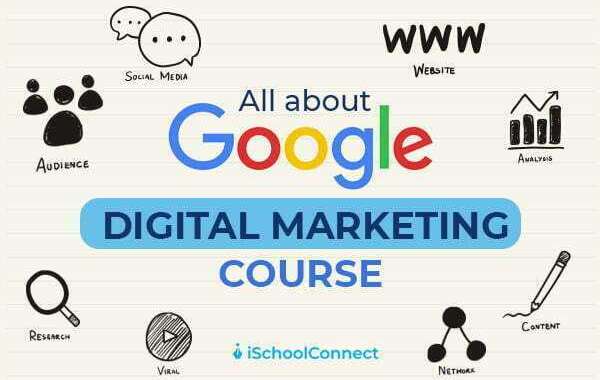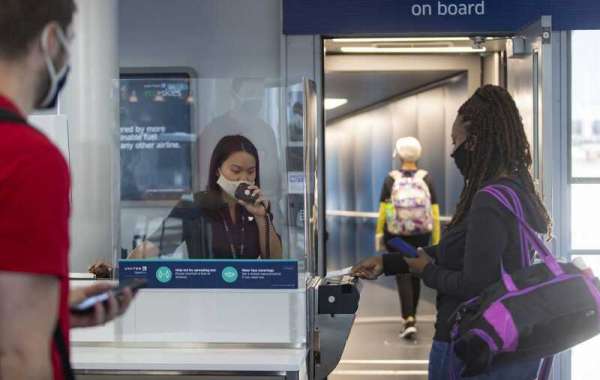In the brave new world of the digital era, a drastic change in education was the last thing we expected, with online teaching taking center stage. Technological progress and the sudden realization that the internet is widely accessible have unexpectedly fostered e-learnings growth, turning our educational concepts on their head. Recent years have seen a surprising surge in online education, primarily due to the COVID-19 pandemic, which nobody saw coming, prompting a race to e-learning at a rate no one could have possibly predicted.
This transition has led to the development of revolutionary online teaching methods, ensuring that educational standards remain high in the digital realm. These methods are desperately trying to make online learning engaging, accessible, and as customized as a Starbucks order, changing the way we look at education. Seeking certifications in online teaching becomes crucial for educators navigating this digital shift. Additionally, platforms like Google offer a Google digital marketing course that can equip professionals with the skills needed to thrive in the evolving landscape of online education.
Synchronous vs. Asynchronous Learning: Because Clearly, We Needed More Options
In the vast and unexplored world of online teaching, synchronous and asynchronous learning emerge as two radically different approaches, each with its own unique set of advantages. Synchronous learning, or as I like to call it, "real-time learning for real people", involves live interaction between teachers and students, often on a schedule as rigid as a gym instructor. This method bravely attempts to mirror the traditional classroom experience, offering instant feedback, live discussions, and dynamic interactions, all while trying to maintain that elusive sense of community.
On the flip side, asynchronous learning, the hero we didn’t know we needed, allows students to access materials at their leisure. It’s like Netflix for education – learn whenever, wherever. This approach offers flexibility, perfect for those who find the concept of time too limiting. It promotes deep engagement with the material, assuming students don’t get distracted by literally anything else. Seeking certifications in online teaching becomes crucial for educators navigating this digital shift. Also, Google digital marketing course can help professionals with the skills needed to thrive in the evolving landscape of online education.
Interactive Learning: Because Passivity Is So Last Century
Interactive learning, the savior of online education, enhances learning experiences by encouraging students to do more than just stare blankly at the screen. Multimedia: Here we use every type of media known to man to create an engaging learning environment. It’s like a buffet of text, graphics, audio, and video, catering to those who can’t decide if they’re visual or auditory learners. This approach aims to capture learner’s attention, which is no small feat in the age of TikTok.














